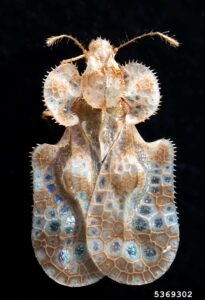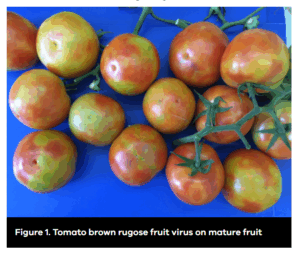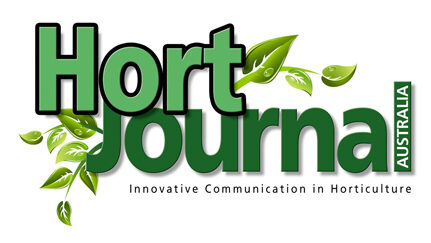
Bolstered biosecurity to beat plant pests
Biosecurity breaches remain one of the biggest threats to Australia’s nursery industry. With more than a dozen new threats detected in just the past six months, it is clear we can no longer rely on geographic isolation alone.
Greenlife Industry Australia (GIA) is urging growers to stay vigilant and take advantage of levy-funded resources that strengthen on-farm pest and disease management. This call follows the announcement that eradication of tomato brown rugose fruit virus in South Australia is no longer technically feasible – a reminder that some incursions must be managed, not eliminated.

John McDonald, GIA Director of RDE and Biosecurity, said rising international trade, tourism and a changing climate are placing Australia’s plant biosecurity system under unprecedented pressure. ‘These drivers are not going away. Stronger border protection is essential, but industry also needs to be prepared. Businesses that put robust biosecurity systems in place will be in a far stronger position to protect their future,’ he said.
Recent incursions: A wake-up call
Since February, the following plant pests and diseases have been detected or are under containment/eradication in Australia:
- Banana freckle, Phyllosticta cavendishii – detected in Northern Territory
- Polyphagous shot hole borer, Euwallacea fornicatus – detected in Western Australia
- Jack Beardsley mealybug, Pseudococcus jackbeardsleyi – detected in Far North Queensland
- Chrysanthemum lace bug, Corythucha marmorata – detected in southeast Queensland
- Tomato potato psyllid, Bactericera cockerelli – detected in Victoria
- Red imported fire ants, Solenopsis invicta – detected in New South Wales and Queensland
- Granulate ambrosia beetle, Xylosandrus crassiusculus – detected in New South Wales
- Tomato brown rugose fruit virus (ToBRFV),Tobamovirus fructirugosum – detected in South Australia
- Jasmine whitefly, Aleuroclava jasmini – detected in northern Queensland and Northern Territory
- Ghost snail, Bulimulus sporadicus – detected in southeast Queensland
- Black-spotted bamboo aphid, Takecallis arundinariae – detected in New South Wales and Victoria
- Potato mop-top virus, Pomovirus solani – detected in Tasmania
- Plains cupid butterfly, Chilades pandava – detected in Torres Strait and Cape York
‘Biosecurity incursions of any kind send a clear message to our industry – we must remain on guard and build upon the systems already in place,’ Mr McDonald said.
‘My advice to growers is to stay vigilant, well informed and report unusual symptoms or pests. You are not alone in this – support is available through GIA and local authorities.’
For more information, visit the Greenlife Industry Australia website at www.greenlifeindustry.org.au.
